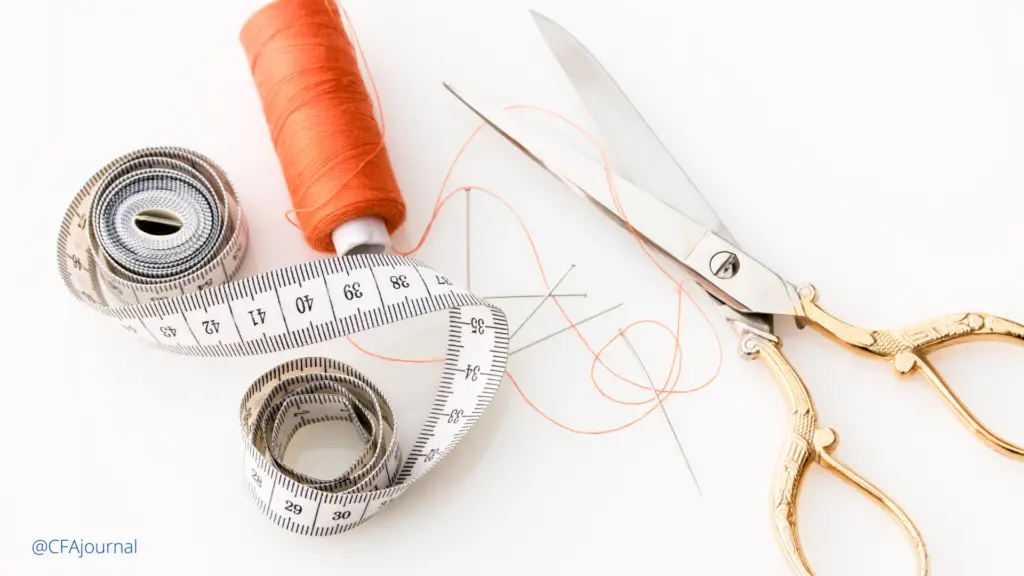
Direct Material Usage Variance
The difference in the value obtained by comparing the actual quantity of direct material used with estimated quantity usage on the standard rate, for a period or specific task is known as a direct material variance.
This variance is generally used as a management tool for different purposes.
For example, it is used to assess the material efficiency usage in the whole productions department or in the specific production line, as well as for only specific products.
The results generated from direct material usage variance help the management make some corrective decisions for the company’s betterment.
Formula to Calculate Direct Material Usage Variance:
The definition stated that it is the difference between actual and budgeted quantity on standard price. So the formula in the mathematical form will be
= (Actual Material Usage – Budgeted Material Usage) × Standard Price
Example:
The following example will help you to understand the phenomena easily.
Here is the information related to actual and expected material quantity usage.
Actual Material Quantity Used = $90,000
Expected Material Quantity Usage =$ 80,000
Standard Price = $20
Solution:
The formula to calculate the quantity variance will be
Direct Material Quantity Usage Variance = (Expected Usage Quantity – Actual Used Quantity) × Standard Rate
Put the Values from the question
Sales quantity variance:
= ($90,000-$80,000) × $20
= $20 × $10,000
=$200,000 Favorable
The end result can be expressed as favorable or unfavorable. While calculating variance you will get an unfavorable amount when actually used quantity is greater than the budgeted quantity.
And results will be considered favorable for the organization if the actual usage is less than the estimated usage for direct material.
Importance of Direct Material Usage:
The direct material usage variance helps the management make different decisions and is also used as a tool to evaluate performance.
Helps in Decision Making:
The right decision at the right time is the key to success in any business. And accurate information will always be on the card to make an accurate and precise decision.
So to make any decision about material control, management has first to analyze the previous trends. And then takes their decision.
The material usage variance gives all the information management needs to make decisions.
Like if the actual quantity used is higher than the estimated quantity, there may be chances that the wastage of raw material is higher than expected.
Management can easily compare their planning with the actual work done. And these analyses allow the management to take corrective or preventive measures.
Helps in Controlling The Excess Usage:
Excess usage of direct material is always very costly for the company because about 50% of all the product cost is the material cost.
And if there are no controls over material usage, you may not compete with your competitors due to the high cost of goods sold.
You can control your excess direct material usage by applying the standard rates to every unit produced.
You can take the standard rates from any leading company or generate them from your previous experience.
In this way, at the end of the production period, you can easily compare the standard usage with actual usage and identify any bottlenecks.
Limitations Of Direct Material Usage Variance:
Difficulty in Setting Standards:
Setting the standards for material usage is not very simple to work. The applicable rates may be best for other company but may not suits you.
Also, there are limitations when comparing previous internal data with current records. Making actual standards is a lot difficult task.
But if you have done it right you will get many benefits.
Change in Quality:
Material quality also plays an important role in material usage variance because a good quality material may be required less in quantity to produce one unit than bad quality material.
Hence if you do not consider these factors before calculating material variance, there is a great chance of not getting accurate information.
